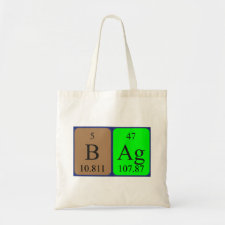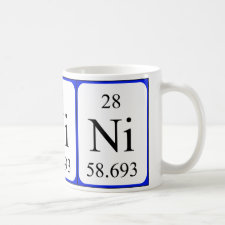
Authors: Ahmad I, Siddiqui WA, Ahmad T, Siddiqui VU
Article Title: Synthesis and characterization of molecularly imprinted ferrite (SiO2@Fe2O3) nanomaterials for the removal of nickel (Ni2+ ions) from aqueous solution.
Publication date: 2019
Journal: Journal of Materials Research and Technology
Volume: 8
Issue: (1)
Page numbers: 1400-1411.
DOI: 10.1016/j.jmrt.2018.09.011
Alternative URL: https://www.sciencedirect.com/science/article/pii/S2238785418302485
Abstract: The study for the extraction of nickel (Ni2+ ions) from aqueous solution by applying surface modified molecularly imprinted ferrite nanomaterials as an adsorbent. Molecularly imprinted ferrite nanoparticles were synthesized by co-precipitation method, using ferrous and ferric salts in basic medium. Silica coating was done by the Stober method followed sol-gel hydrolysis, using precursor TEOS. Use of Trinitrotoluene (TNT) as a catalyst establishes to be necessary to obtain a proper coating. The particle sizes reveal in the range of 20-24nm calculated by X-ray diffraction method, which shows the spinal nature of ferrite nanoparticles. Monodispersity of the nanoparticles was also confirmed due to the size distribution of the particles by SEM analysis. Silica coating functionalization with TEOS and adsorbed peak of Ni(II) ion on the surface of ferrite nanocomposites were confirmed by Energy dispersive X-ray (EDX) spectroscopy. The metal adsorption behavior (Ni2+ ion adsorbed on the surface of silica-coated ferrite nanocomposites) characterized by Fourier Transform Infrared spectroscopy (FT-IR). Magnetic property was studied by VSM and the nanocomposites are found to be superparamagnetic at room temperature. Batch experiment conceded to study the adsorption kinetics and the adsorbent stability in the acidic and basic medium was an accessible mechanism of nickel adsorption by ferrite nanocomposites. Adsorption isotherms were well described by Langmuir equations with maximum adsorption capacity (qm)= 2.64 mol/g. The adsorption process establishes to be pH dependent (7.6), adsorbent dose (0.2g) and equilibrium could be attained within 15min. All the reaction parameters were considered to complete the adsorption process; it conceded that 94% nickel adsorbed under different optimization conditions. In the study, desorption study, as well as its reusability and recyclability, were accessible indicates that ferrite nanocomposite succeeding adsorption and desorption cycle and retains metal removal capacity until more cycles happened adequately
Template and target information: nickel ion, Ni(II)
Author keywords: WHO, TEOS, SEM, EDX, VSM, FT-IR



Join the Society for Molecular Imprinting

New items RSS feed
Sign-up for e-mail updates:
Choose between receiving an occasional newsletter or more frequent e-mail alerts.
Click here to go to the sign-up page.
Is your name elemental or peptidic? Enter your name and find out by clicking either of the buttons below!
Other products you may like:
 MIPdatabase
MIPdatabase









